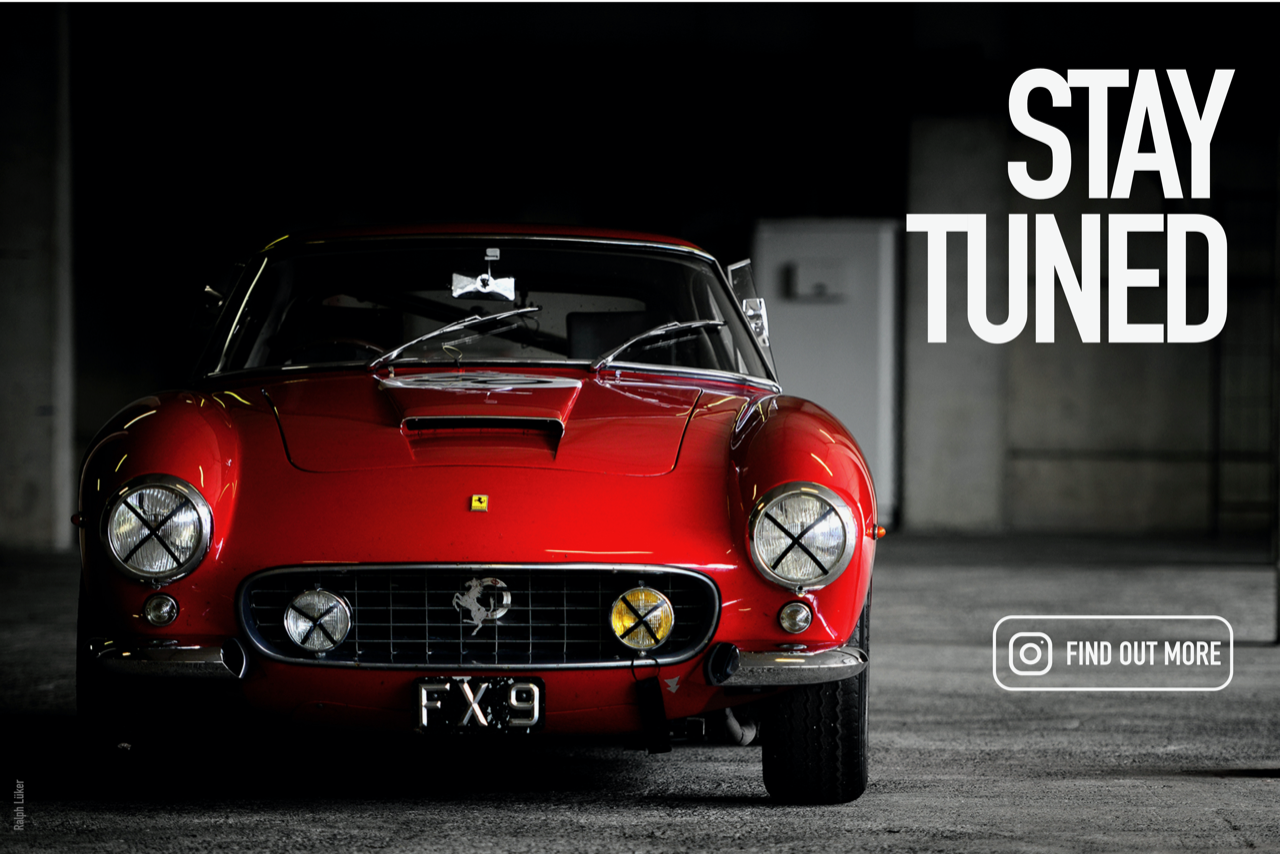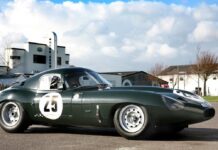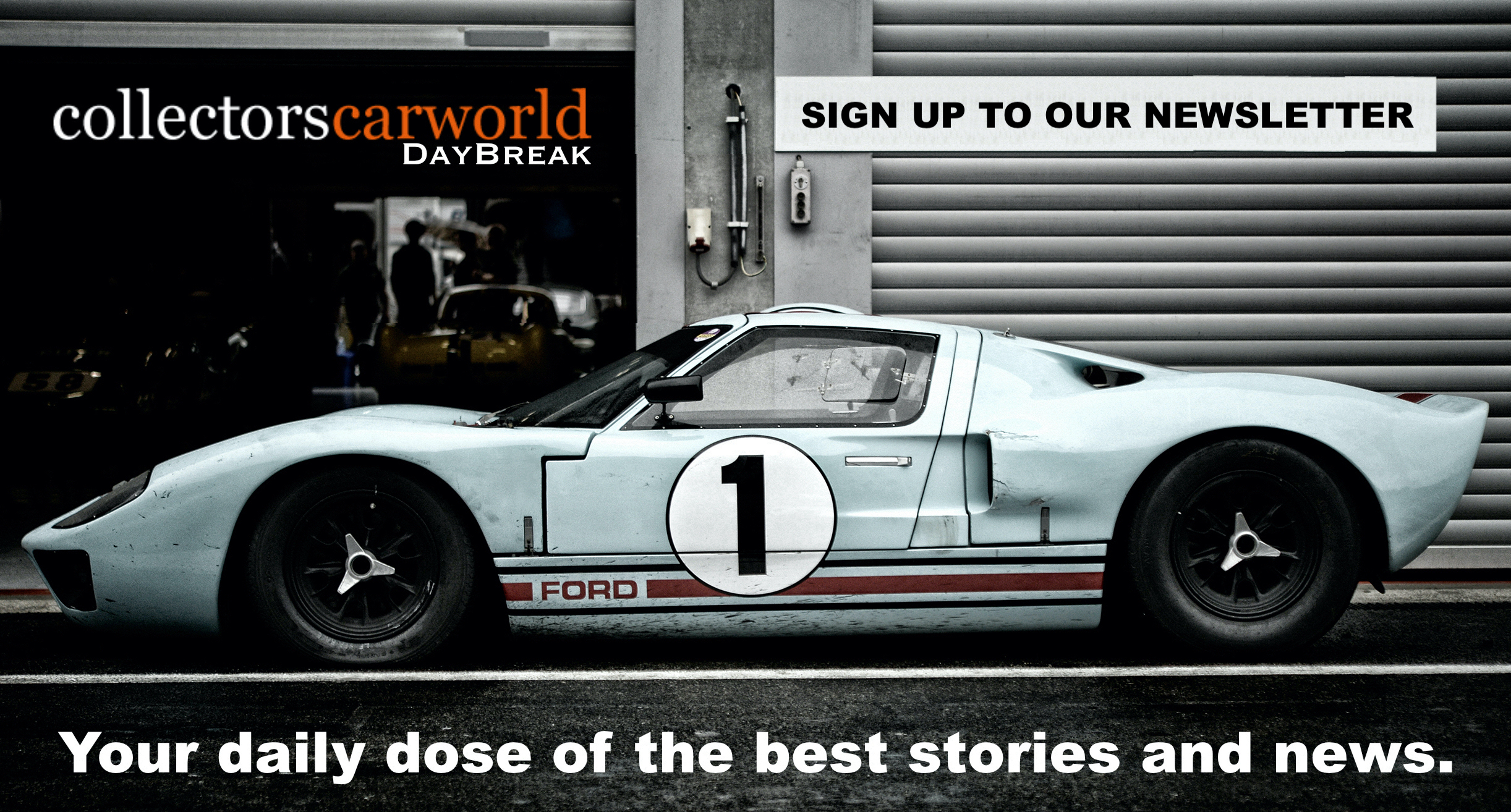It captivated moviegoers in 1968, became an object of obsession for The King of Cool, fueled decades of tall tales, spun the rumor mill with incessant interest, made a triumphant return to the public eye in 2018, smashed auction records in 2020, and is still one of the most beloved and studied pieces of Hollywood’s automotive history.
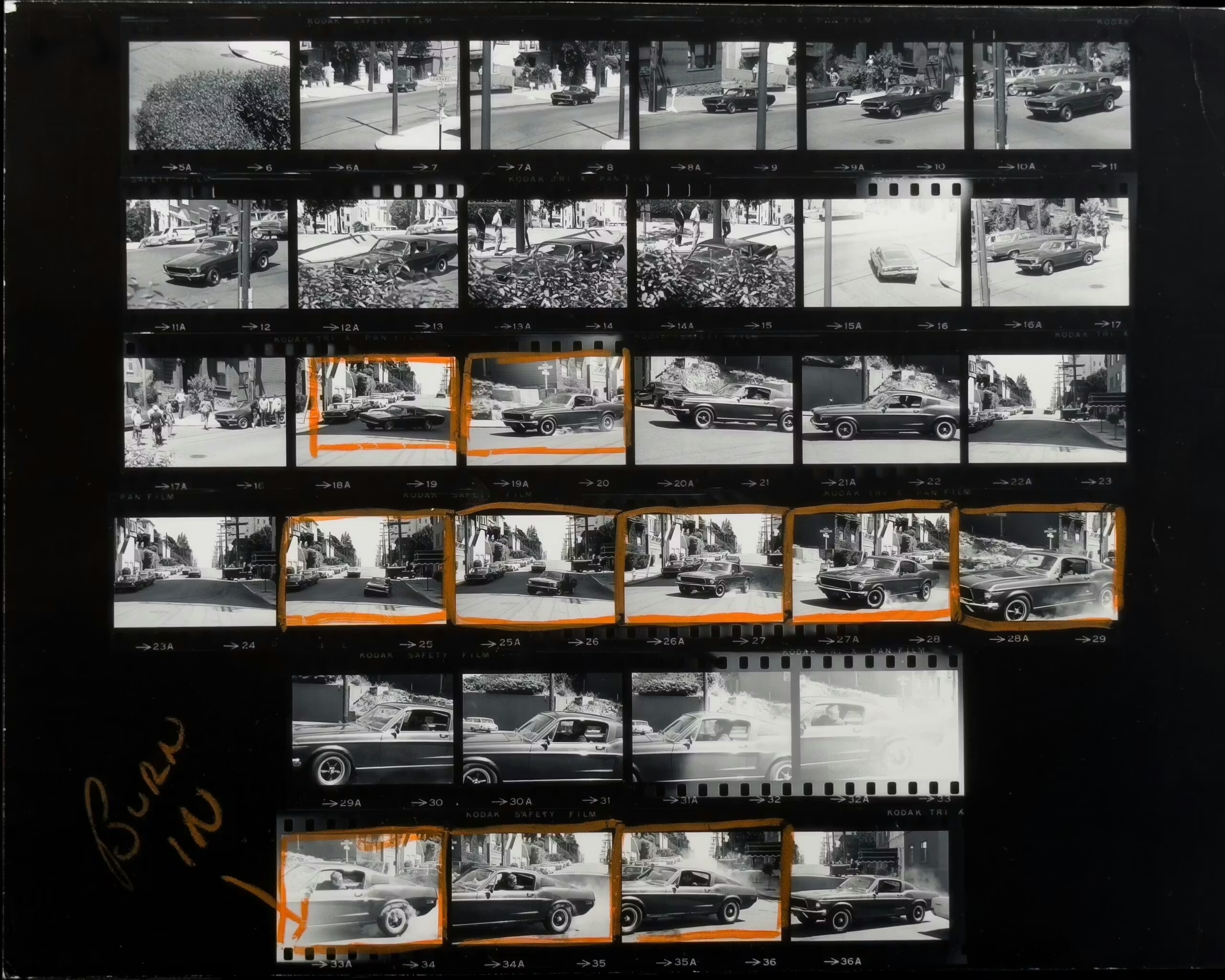
Courtesy Ford/Barry Feinstein
Today, the Bullitt Mustang is covered in rust, crust, scratches, scars, dents, dings, and plenty of Bondo, but doesn’t matter; this Ford has all but transcended the mortal realm to become something of a deity for car and film lovers. Why? The short answer is because it’s just plain cool. Cool in a way that today’s hypercars and big-budget productions can never be: authentically.
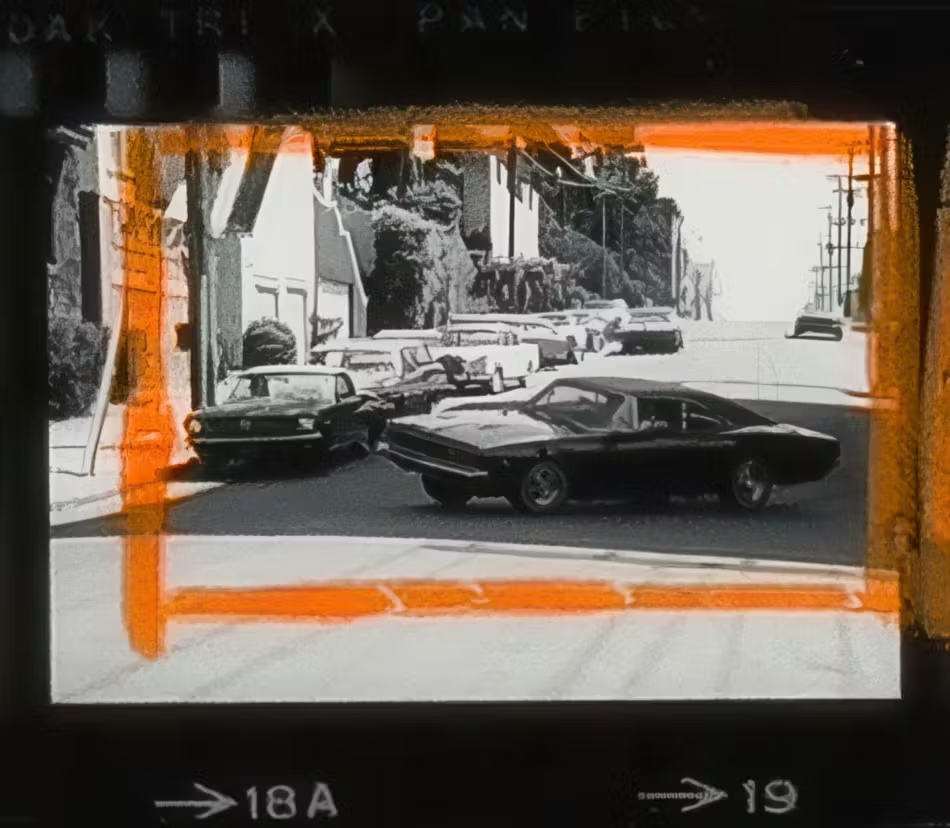
Courtesy Ford/Barry Feinstein
The Mustang is relatable, attainable. The stunts were real. The chase scenes were devoid of computer-generated glitz and studio set trickery. The driving duel between Steve McQueen’s 1968 Ford Mustang and the antagonist’s Dodge Charger is probably one of the most rewound sequences in moviemaking history, but it also looked like something you could do in a car you could own, if only you had good reason to.
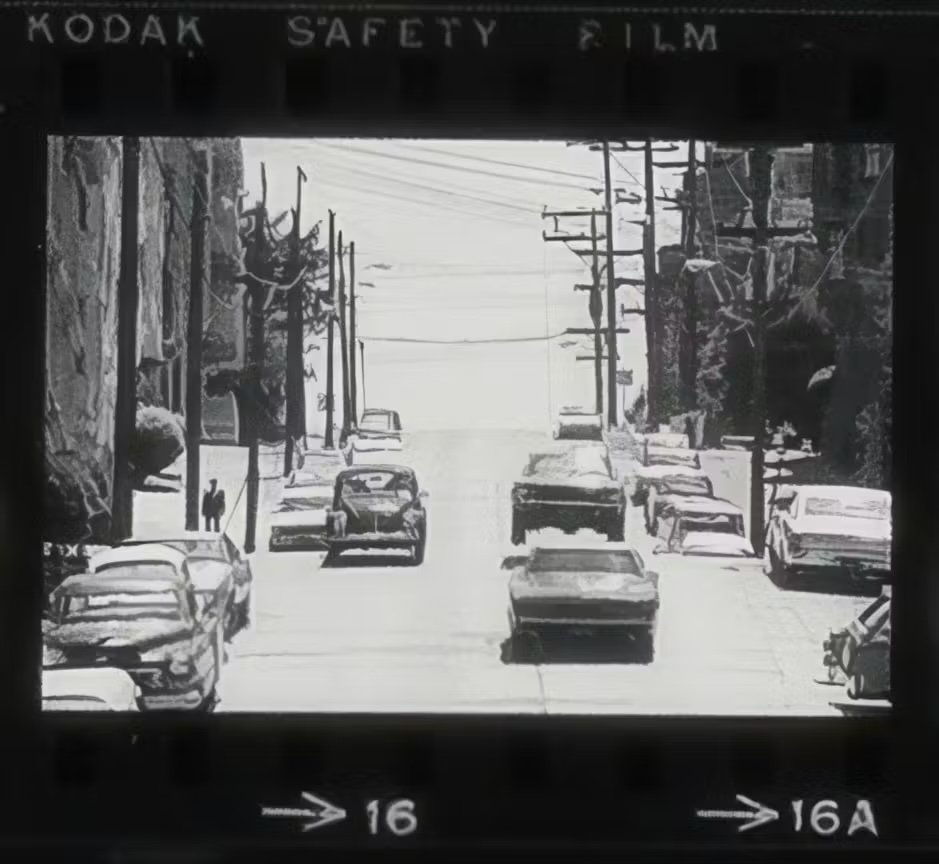
Courtesy Ford/Barry Feinstein
Thanks to that impeccably imperfect stunt work, the star power, and the steep streets of San Francisco where it all went down (and up and sideways and airborne), the Bullitt Mustang became a legend. When McQueen passed away in 1980 at the age of 50 (after unsuccessfully trying to acquire his character’s Highland Green Mustang) and the car all but disappeared, it became infamous. There were actually two stunt ‘Stangs used in the film: one “jump car” that took the brunt of the hard-driving stunts, and one “hero car” for the less-destructive shots, and we covered the latter’s eventual return to the spotlight a few years ago, but the story continues to advance.
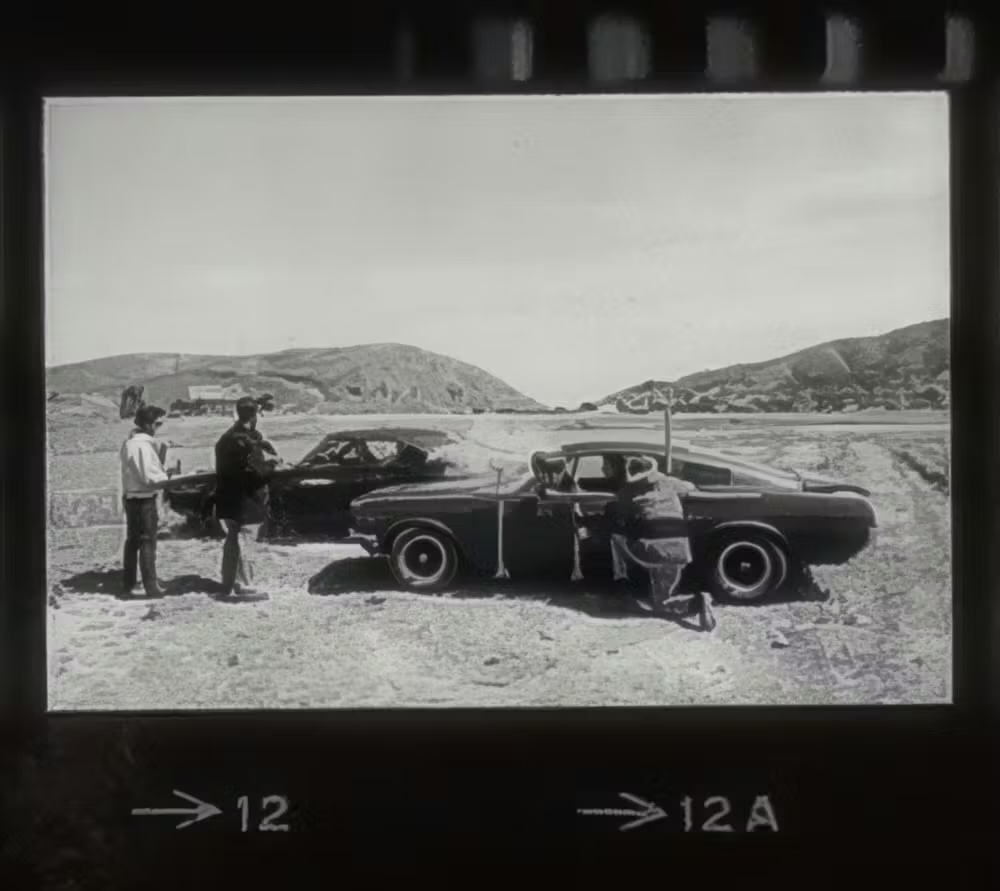
Courtesy Ford/Barry Feinstein
Most recently, this has taken the form of previously unreleased behind-the-scenes images from the making of Bullitt. Shot by prolific photographer Barry Feinstein and licensed to Ford by Sean Kiernan (whose family owned the star car from the 1970s until its $3.74 million sale at auction in 2020), these film strips have never been seen by the public until now.

Courtesy Ford/Barry Feinstein
Do they paint a different picture than the final cut seen on the big screen? No. Do they reveal any new information about McQueen, the Mustang, or the movie itself? Nope. Are we nonetheless poring over them with our figurative magnifying glass? You bet. The right provenance can transform otherwise mundane objects into coveted treasures by offering a connection—however tenuous—to what is otherwise untouchable.
These rolls of old film depicting a 57-year-old Ford Mustang matter not because of their artistic excellence (although they are nicely composed), but because they offer a real-life window into a larger-than-life legend. In the same way that the attainability of the Mustang and the gritty realness of the stunts helped make Bullitt as beloved as it is, these shots from the making of the movie are special because they put us as close as possible to the action as it unfolded in 1968. Only a few had the privilege of really being there, but we can all imagine what it was like, and relics like these images make our imaginations all the more vivid.
Want to see them in person? These newly revealed behind-the-scenes Bullitt images are part of Ford’s ode to its pony car: “American Icon: A Mustang Immersive Experience,” which is currently open to visitors in Los Angeles.
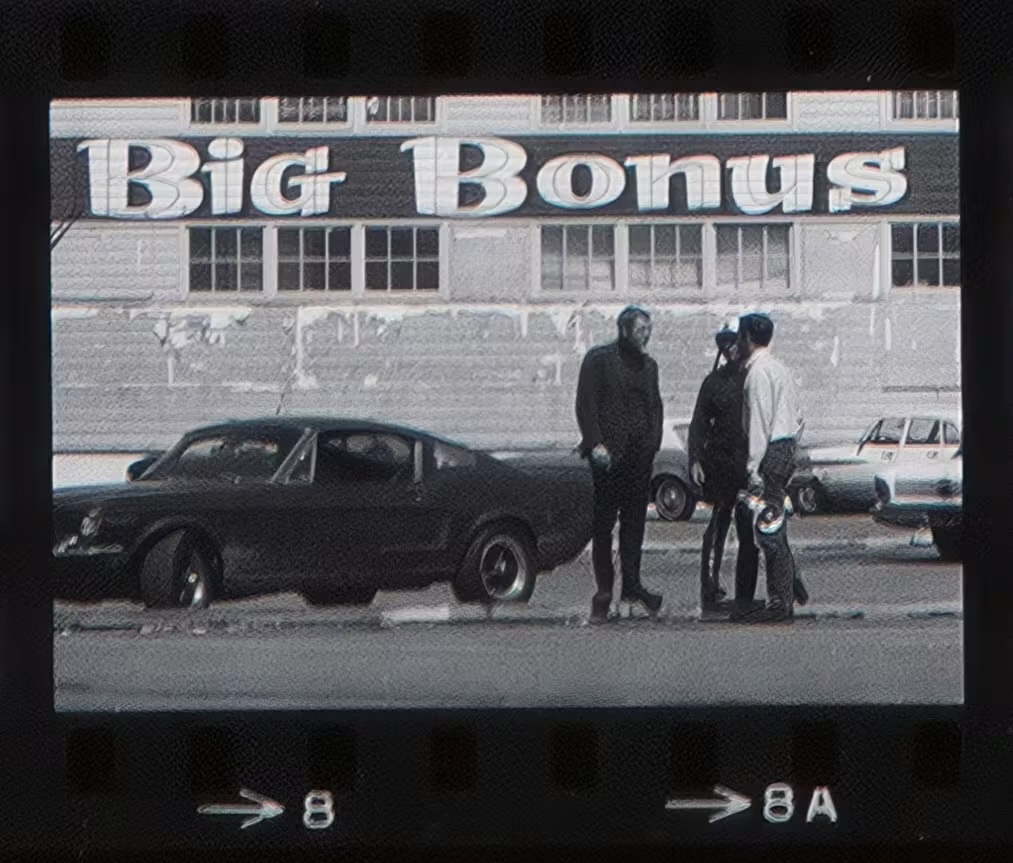
Courtesy Ford/Barry Feinstein
Report by Alex Sobran for hagerty.com

